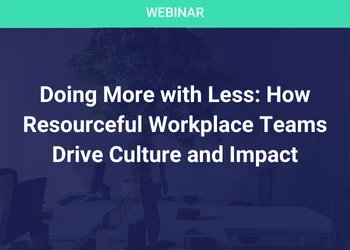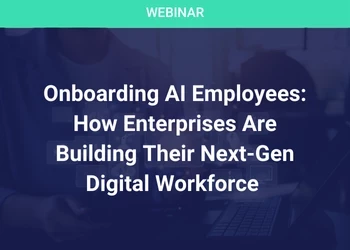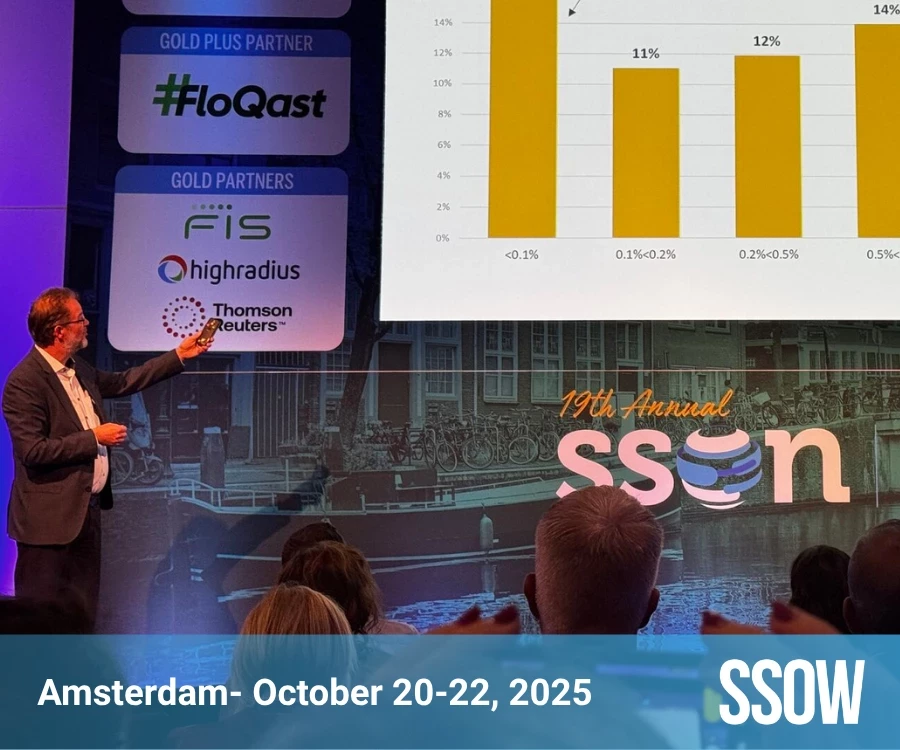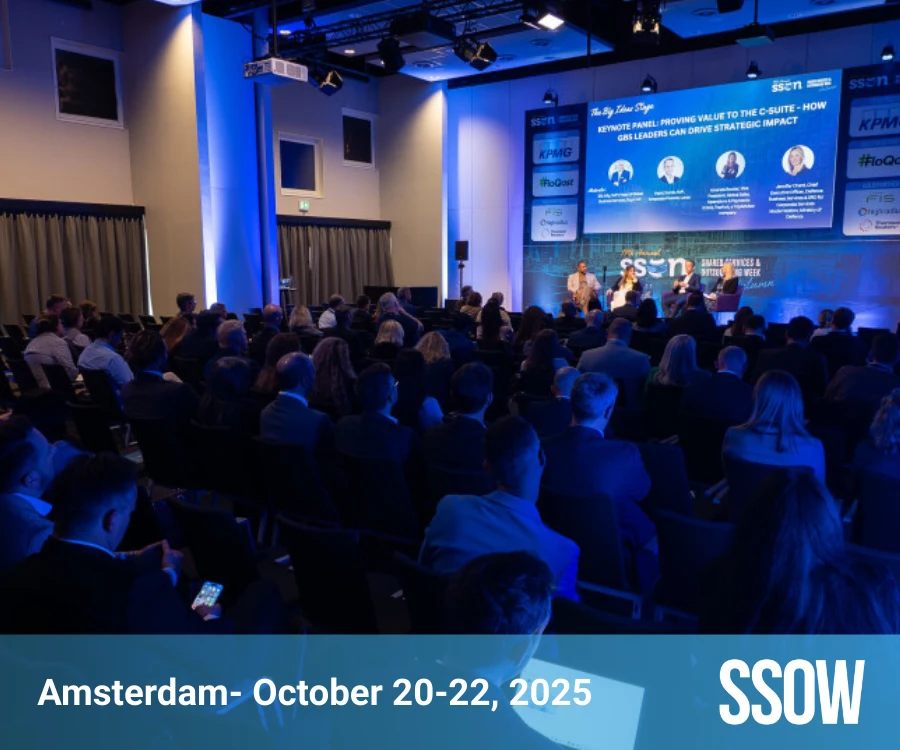The Rise of GCCs in India
India’s GCC Boom: Promise, Pressure, and the Playbook for Value
Add bookmark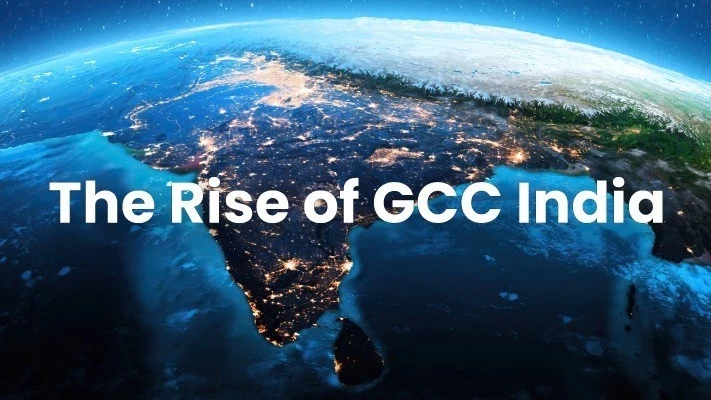
India's GCC (Global Capability Centre) Boom
Insights from Dr Sumit Mitra, CEO, Tesco Business Solutions.
“What began as a search for cost advantage has become a movement for capability and value. India’s GCCs are redefining how the world runs its businesses.”
If there’s one global trend that’s reshaping the corporate landscape, it’s the rise of Global Capability Centres (GCCs), and India is right at the heart of it.
Over 1,900 GCCs now operate here, employing nearly 2 million people and delivering more than $65B in value annually which is about 1.6% of India’s GDP and growing. Every week, another multinational announces plans to expand or establish their India hub.
But behind the headlines lies a deeper story, one about maturity, leadership, and purpose. It isn’t about real estate or mass hiring, it’s about creating value. Those still setting up GCCs the old way are missing the point. There is a new game in town and is not about labour; it’s about leverage.
Beyond Cost: The Maturity Curve of Indian GCCs
What started as a cost-efficiency play two decades ago has now evolved into a value-creation model. The new generation of GCCs in India are not back offices; they’re co-pilots of the enterprise, running core processes, building digital products, shaping customer, supplier, and colleague experiences by driving AI-led transformation. The only KPI measures are incremental revenue, margin, and cash. This translates into creating a sustainable competitive advantage for the enterprise to create shareholder value.
Yet, many GCCs still struggle to answer one hard question:
Are we truly creating value, or just busy being busy?

What have we learnt from Tesco?
When Tesco first planted its flag in Bengaluru in the early 2000s, the enterprise read the future and made their investments yearly on. The operation was classic labour arbitrage, standardising finance, payroll, back-office services, and driving cost savings by centralising recurring work. Over time, that mandate evolved. The need of the hour was to transform. The team began absorbing technology, customer analytics, and commercial work; taking ownership of retail systems (POS, store design, energy & asset management) and leveraging AI to optimise operations and reduce waste. What started as a shared services hub became a global business solutions model, increasingly viewed as a strategic co-creator of capability, not just a factory of cost arbitrage. Today, Tesco Business Solutions is counted among global benchmarks in GBS, winning the SSON “World’s Best GBS” award and serving as a central pillar in how Tesco operates. Its share price over the last 5 years tells a story.
We’ve learnt that:
- Culture holds everything together; without it, no transformation is sustainable.
- Controls give confidence to our business, our regulators, and our people.
- Change is a capability, not an event.
- Value must be tangible, measured in business impact, not headcount.
Leadership challenges in the GCC world:
Running a large, multi-country GCC is not for the faint-hearted. The 5 toughest challenges I see across the industry are:
- Owning outcomes, not just operations. The shift from efficiency to enterprise impact requires different metrics forecast accuracy, risk mitigation, cash flow, controls, innovation, and not just process SLAs.
- Scaling AI responsibly. Everyone’s experimenting, but few have embedded AI governance and control frameworks that can scale safely.
- Talent orchestration. Gen-Z talent comes with ambition, pace, and purpose. The question for leaders is; are we creating an environment that helps them thrive?
- Multi-hub coherence. As GCCs expand into being a GBS, keeping a unified culture, standard controls, and clear service ownership is a real leadership test.
- Stakeholder trust. The enterprise expects results, not rhetoric. Transparency builds trust, dashboards that speak in business outcomes, not internal KPIs.
5 Steps Before You Open a GBS
If I had to distil years of experience into a short playbook, here’s what I’d tell any board thinking of opening a new GCC:
- Define the mandate first. Be clear on why you exist: cost, capability, or co-creation, or value generation, or all of the above and make sure the enterprise signs up to it.
- Pick the right location for the right purpose. India isn’t the answer to everything. Match capability clusters tech, finance, analytics, consider business processes continuity, proximity to customers, regulations, and build it with the right talent ecosystem.
- Design the operating model early. Build your GBS “operating system” service management, controls, AI, change cadence, before you hire your first 500 people.
- Get leadership and culture right from day one. Choose a leader who can think enterprise-first and act start-up-fast.
- Automate and AI-enable from the start. Don’t treat digital as a phase two. Design it into your DNA.

If Your Current GCC Isn’t Delivering Value…
Every global organisation, no matter how successful, hits a plateau at some point. This could be because of various reasons. Initial euphoria dying out and therefore lack of sponsorship, mandate, outsource/insource conundrums, organisational schizophrenia or even a change of leader. The early years of enthusiasm often give way to operational fatigue, leadership churn, or simply a loss of clarity on why the GCC exists. That’s the moment to pause and ask the hard questions:
- Are we solving enterprise problems, or just running efficient processes?
- Are our metrics framed in business outcomes (margin, incremental revenue, cash, availability, risk, controls), or trapped in activity terms (tickets closed, invoices processed, FTE savings)?
- Have we invested enough in leadership capability, not just technology capability.
If the honest answer to any of these is “not yet”, it’s time for a reset, not a reaction. A meaningful reset starts by refocusing the portfolio on high-value work that touches customers, suppliers, colleagues, cash, and compliance. It means rebuilding the scorecard so that success is measured by enterprise impact, not internal efficiency. It requires rotating leadership talent from across the business into the GCC or even hiring leadership with turnaround experience. This is the hardest as the choice of leadership depends to where the organisation is in their journey. This will help, to rebuild trust, sharpen context, and bring in fresh energy. And above all, it demands that the centre re-establish its purpose as an engine of competitive advantage, not an island of activity. Because a GCC that doesn’t deliver value isn’t an asset; it’s geography. And geography doesn’t transform an enterprise purpose, leadership, and outcomes do.
Closing Thought on Global Capability Centres
India’s GCC journey has entered its most exciting and its most demanding phase. It’s no longer about who employs the most people, but who creates the most value. The world is watching how India’s centres of excellence evolve from cost engines to capability powerhouses, from efficiency machines to innovation hubs. The next decade will belong to organisations that can balance operational excellence with strategic influence, AI with accountability, and scale with soul.
The future of GCCs will not be defined by geography, but by purpose and performance. It will be written by organisations that act like a business, lead like a partner, and think like a start-up. India is uniquely placed to lead this future, with its talent (intellectual arbitrage), technology depth, and culture of adaptability. The real opportunity now is to ensure that every GCC steps up their game to understand and appreciate their own business context to build the right capability that is suited for their business. Not every business is the same. How you create your own competitive advantage will be the game-changer.
To learn more from Dr Sumit Mitra and how Tesco Business Solutions are leading innovation in global business services, join SSON's Shared Services & GCC Week India.


